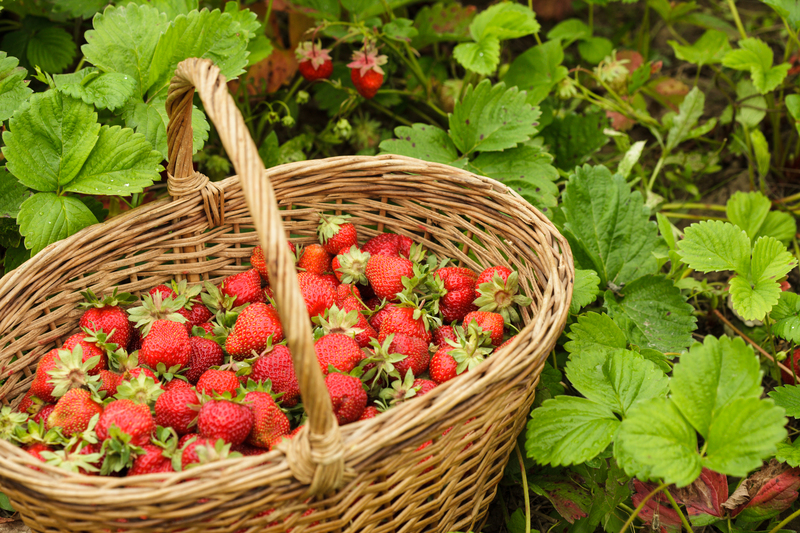Home Food Waste Recycling Tips
Posted on 23/12/2024
Recycling food waste at home is not only an excellent way to reduce your overall waste footprint, but it also contributes to a healthier environment and can even benefit your garden. Here we will provide some practical tips to help you start recycling food waste effectively.
Start a Compost Bin
One of the easiest ways to recycle food waste is by starting a compost bin. Composting helps turn vegetable peels, fruit scraps, eggshells, coffee grounds, and other organic waste into rich, natural fertilizer for your garden. A compost bin can be placed in your backyard or even under your kitchen sink if space allows.

Understand What Cannot Be Composted
While composting is a fantastic method for recycling food waste, it's vital to understand what cannot be composted. Avoid adding meat, fish, dairy products, or oily foods to your compost pile. These items can attract pests and create unpleasant odors.
Separate Food Scraps
Make it a habit to have a dedicated bin or container for food scraps in your kitchen. This way, you can easily separate your food waste from other household waste. It helps streamline the process of taking food scraps to your compost bin or local food waste collection service.
Utilize Local Food Waste Recycling Programs
Research local government and community programs that offer food waste recycling options. Many cities provide food waste collection services, where they collect and process organic waste to produce compost or energy. This can be particularly useful if you lack the space or desire to compost at home.
Freeze Food Scraps
If you don't produce enough food scraps to fill your compost bin quickly, consider storing them in the freezer. Freezing food scraps prevents them from decomposing and creating odors, giving you more flexibility on when to add them to the compost bin or take them to a local collection site.
Use Food Waste Disposers
Food waste disposers, commonly installed under kitchen sinks, can help manage certain types of food waste like small poultry bones, fruit pits, and eggshells. These devices grind up the waste into small particles, which can then be safely flushed away through your plumbing system. Ensure your local wastewater treatment facility can handle food waste before opting for this method.
Plan Meals and Shop Smartly
One of the best ways to reduce food waste initially is by planning your meals and shopping efficiently. Make a list of what you need and stick to it. This helps you avoid buying items that might spoil before use, thereby reducing waste at the source.
Preserve Leftovers
Be creative with your leftovers. Use leftover chicken to make a soup, or stale bread to make croutons. By finding ways to utilize leftovers, you can significantly reduce the amount of food waste generated in your home.
Educate Your Household
Ensure that everyone in your household understands the importance of recycling food waste and how to do it properly. Have clear guidelines on what can be composted, what should be thrown away, and what can be recycled through local programs.
Pros and Cons of Home Food Waste Recycling
Pros:
- Reduces household waste and landfill use
- Produces rich compost for gardening
- Reduces greenhouse gas emissions
- Encourages environmentally friendly habits
Cons:
- Requires time and effort
- Can attract pests if not managed properly
- Limited types of food waste can be composted
- Initial cost of setting up a compost bin

Takeaways
Recycling food waste at home can be an immensely satisfying initiative that contributes positively to the environment. By composting and participating in local food waste programs, you can turn food scraps into valuable compost and significantly reduce your waste footprint.
Conclusion
Home food waste recycling doesn't have to be complicated. With the right tools, knowledge, and a bit of organization, you can reduce your household waste significantly while also benefitting your garden and the environment. Follow these tips and share them with others to create a more sustainable future.




